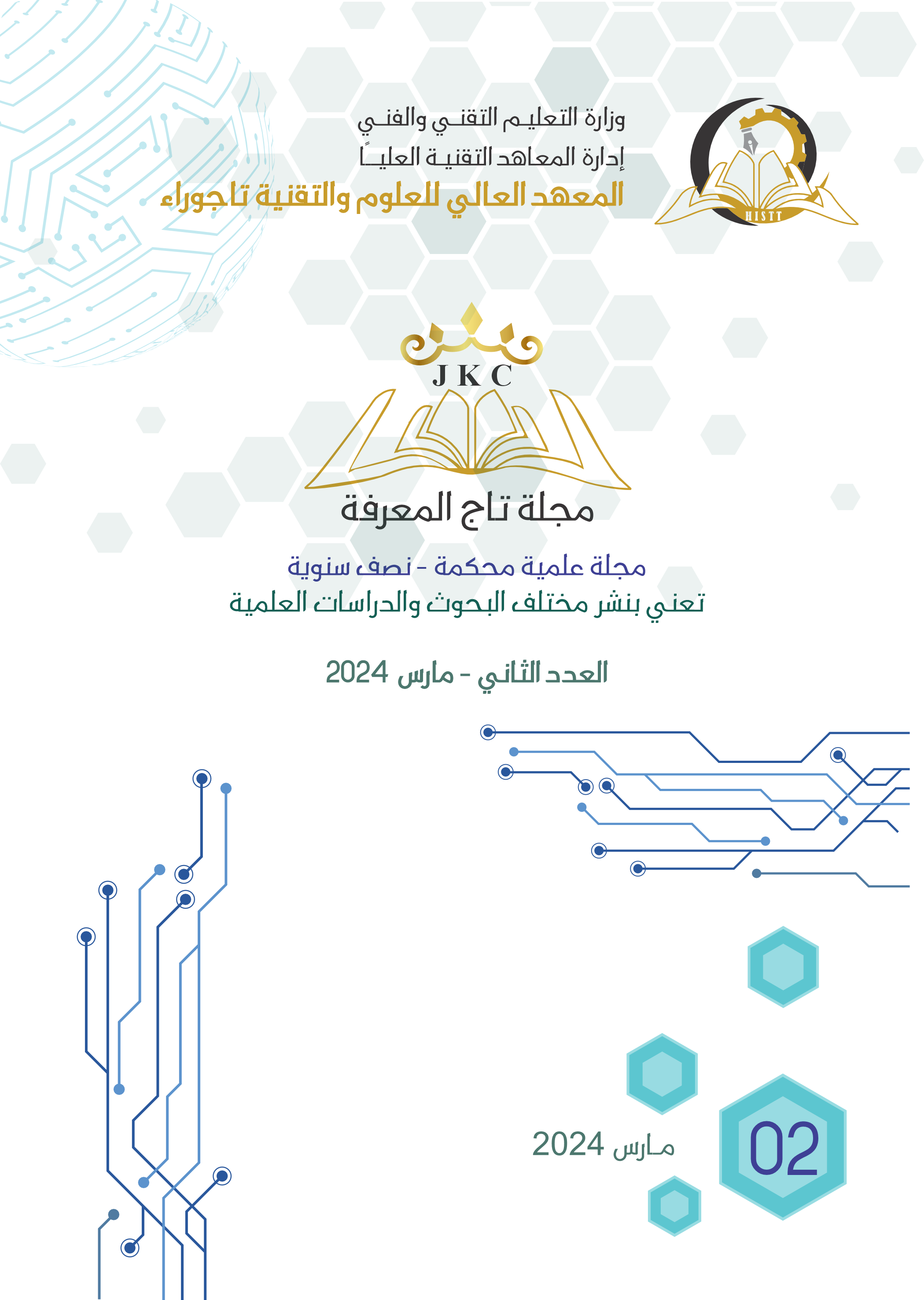Decoupling Techniques Used for 5G with Multiple mm-wave Antennas
Keywords:
: Multiple antennas, mutual coupling, patch antenna, and decoupling techniques.Abstract
The deployment of multiple antenna system has become the key of the current generations for the purpose of increasing the spectrum efficiency and quality of services. In this paper, a compact 2x1 linear array antenna is designed and simulated using CST microwave studio. Firstly, a single radiating element antenna is designed with dimensions of 4.235x3.0187x 0.035 mm3 fed by microstrip inset feeder, placed on a substrate made of Rogers RT5880 substrate with dielectric constant (permittivity) of 2.2 and loss tangent of 0.0009 and physical dimensions of 10.235x9..0187x1 mm3, this design works at a resonant frequency of 28GHz , with bandwidth of 3.74 GHz, and return loss of approximately -24 dB to achieve gain of 7.3 dBi.
The design is extended to a linear array with two radiating elements placed on the top of the substrate with distance in between is 6.352 mm, and a technique of isolation is defected ground structure (DGS) in the substrate’s bottom, resulting in mutual coupling S21 is about -18dBi, at the band range of interest of 26-32 GHz. Another decoupling techniques is used, called parasitic element on the top of substrate with I –shape between the radiating elements to result in mutual coupling of roughly -38dB, 28GHz, 28.128 GHz and 28.42 GHz which provides directivities of 8.11, 8.14, 8.19 dBi respectively with an omnidirectional shapes. The envelope correlation coefficient (ECC) is evaluated and resulted in approximately zero within the operating range of the antenna with diversity gain (DG) reaches up to 10 dBi. Another decoupling technique called Electromagnetic band gap (EBG) structure is modified in this design to work as a stop band for unwanted mutual energy to control the mutual coupling to less than -28dB and provide a directivities of .28 dBi, and 8.34dBi at resonant frequencies of 28.2 GHz and 28.6 GHz respectively.







